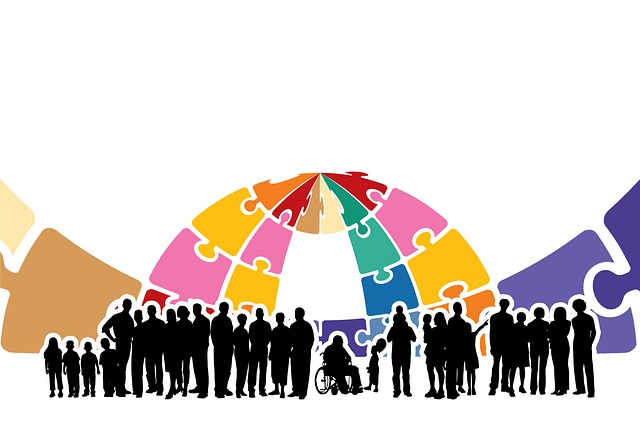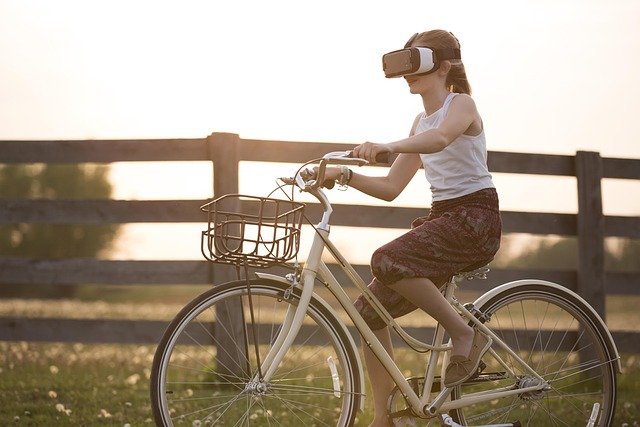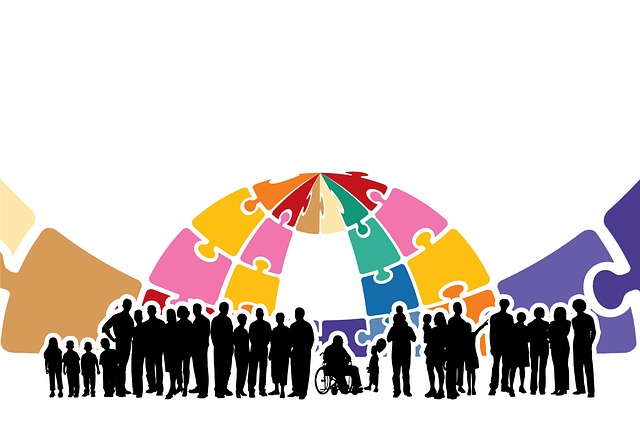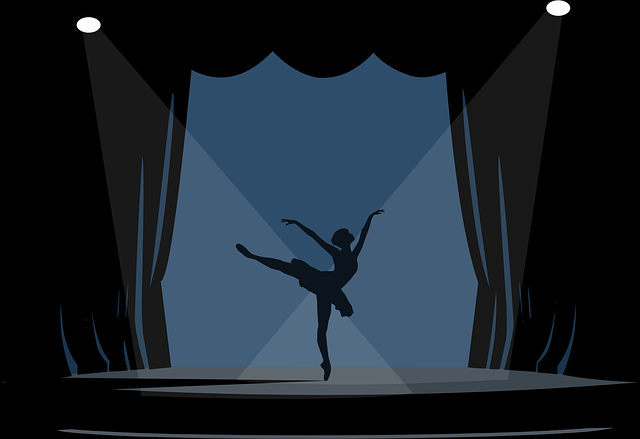The Ongoing Evolution of Neoclassical Ballet: Trends and Future Directions
Ballet, a graceful art form that has captivated audiences for centuries, continues to evolve with the changing times. Neoclassical ballet, a genre that emerged as a response to traditional ballet, has undergone its own transformation over the years. In this article, we'll explore the trends that have shaped the evolution of neoclassical ballet and delve into the exciting future directions it's taking.
From Tradition to Innovation
Neoclassical ballet emerged as a departure from the strict rules of classical ballet, emphasizing creativity, expression, and a renewed sense of freedom. Dancers like George Balanchine and Jerome Robbins played pivotal roles in pushing the boundaries of traditional ballet. They introduced intricate footwork, unconventional partnering, and more abstract storytelling, ushering in an era of innovation. This departure from tradition breathed new life into the art form and set the stage for further evolution.
Fusion of Styles
One of the notable trends in neoclassical ballet is the fusion of various dance styles. Choreographers have seamlessly blended elements of contemporary dance, jazz, and even hip-hop into their ballet routines. This fusion adds a dynamic layer to performances, creating visually stunning and emotionally resonant pieces. The interplay between different dance styles allows for fresh and unexpected movements that captivate modern audiences.
Exploration of Themes
Neoclassical ballet has also ventured into exploring a wide range of themes and concepts. While traditional ballet often relied on fairy tales and mythology, neoclassical ballet embraces contemporary issues and human emotions. Choreographers are using their art to shed light on societal challenges, human relationships, and personal struggles. This shift towards more relatable themes makes ballet a relevant and relatable form of expression in today's world.
Technological Integration
The digital era has not left neoclassical ballet untouched. With technological advancements, ballet companies are incorporating digital projections, interactive sets, and even virtual reality into their performances. These innovations enhance the visual and sensory experience for the audience, allowing them to be immersed in a world where dance and technology converge. This integration of technology opens up a realm of possibilities for storytelling and artistic expression.
Emphasis on Inclusivity
In recent years, there has been a concerted effort to make neoclassical ballet more inclusive. Ballet companies are actively diversifying their casts, casting dancers of different ethnicities, body types, and gender identities. This shift not only reflects the diversity of the world we live in but also challenges traditional beauty standards. Inclusivity has breathed new energy into neoclassical ballet and broadened its appeal to a wider audience.
The Future Directions
Looking ahead, neoclassical ballet is poised for even more exciting developments. The fusion of dance styles, exploration of themes, and integration of technology will continue to evolve, creating performances that resonate deeply with audiences. As the world changes, ballet will remain a mirror of our society, reflecting its joys, challenges, and aspirations.
Conclusion
Neoclassical ballet's ongoing evolution is a testament to its resilience and adaptability. From its beginnings as a departure from tradition to its current state as a fusion of styles, themes, and technologies, neoclassical ballet continues to inspire and captivate. As we witness the exciting future directions it's taking, one thing is clear: ballet's journey is far from over, and its metamorphosis will remain indelible in the world of performing arts.





















